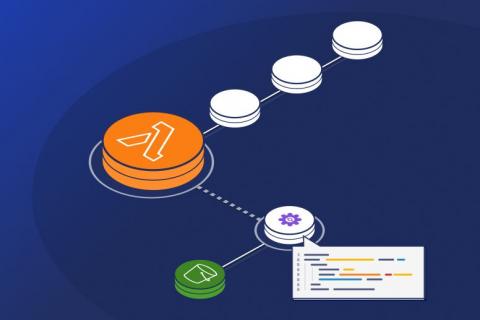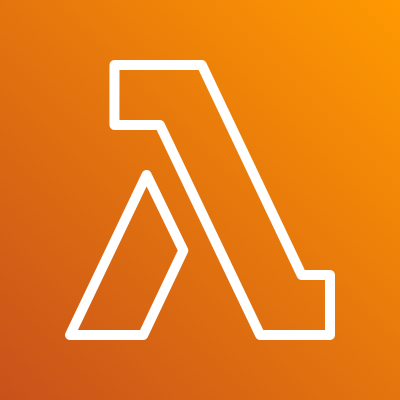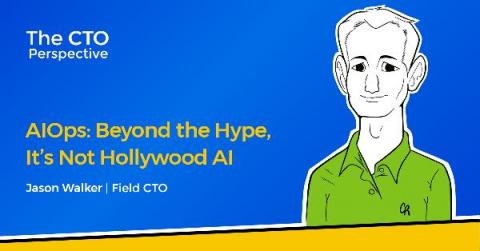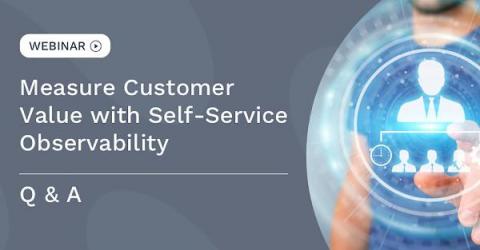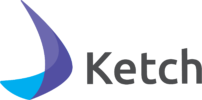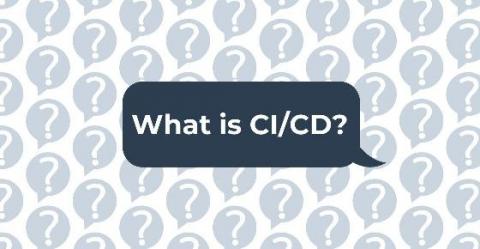Lambda Logs API: a new way to process Lambda logs in real-time
AWS released Lambda Extensions just over a month ago, and we explained what they are and why they matter. Today, AWS has announced AWS Lambda Logs API, a way for extensions to subscribe to and process Lambda logs in real-time.


